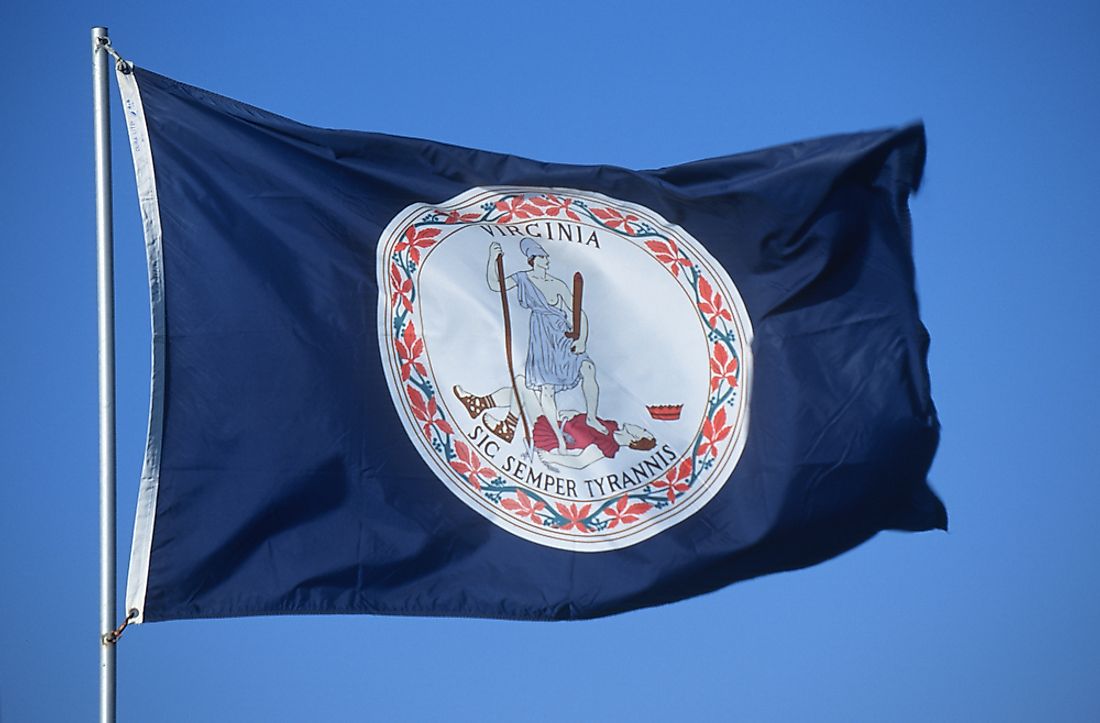What was the Virginia Plan?

The Virginia Plan, also referred to as the Large-State plan or Randolph Plan, was a proposal for population weighted apportionment (distribution of legislative positions) in the national legislature. The plan was written by James Maddison at the Constitutional Convention of 1787 as they waited for the quorum to assemble.
Background of the Virginia Plan
The plan was in the interests of Virginia, which was the most populous state then and other comparatively highly populated states since it wanted representation in federal legislatures to be weighted based on the population and wealth of the states. It was drafted by Virginia's representative to the Congress of the Confederation, James Madison, who later became the 4th president of the United States while he was waiting for the Constitutional Convention quorum. The Convention came at a time when the fledgling US was beset by economic problems leading to radical political movements and fears that the republic experiment was about to fall. The convention had been called to amend the Articles of the Confederation, but the Virginia Plan set the agenda for the creation of a new constitution earning its drafter, James Madison, the informal title of the Father of the Constitution.
Debate on The Virginia Plan
The plan was tabled before the convention by the head of the Virginia delegation, governor Edmund Randolph on May 29, 1787. It framed as 15 resolutions that sought to define the powers and structure of the national government. It proposed a three pronged national government comprising of the executive, legislature, and the judiciary. It also proposed a bicameral legislature in which states would have votes proportionate to population. This proposal was backed by the big states. On June 15th, 1787 the Virginia Plan was countered by the New Jersey Plan, also called the Paterson Plan or the Small State Plan. This proposal officially brought before the convention by William Paterson of New Jersey. The Paterson Plan proposed that the articles of confederation be retained with amendments rather than the Randolph Plan which called for the crafting of a new constitution. More specifically, the New Jersey Plan wanted to maintain the unicameral legislature in which each had only one vote.
The smaller states supported the New Jersey proposal leading to deadlock since the large states would not budge from the Virginia Plan. In response to the stalemate, Roger Sherman and Oliver Ellsworth tabled the Great Compromise or the Connecticut Plan which borrowed from both the Paterson and Randolph plans. The Connecticut Plan called for a bicameral legislature with weighted apportionment in the lower house (House of Representatives) and equal representation in the upper house (Senate). Tax and other monetary issues would be mooted in the House of Representatives. The proposal was ratified on June 16th, 1787 and became the basis of the federal government and the US Constitution. The convention went on to define how the population would be defined for representative apportioning. Three-fifths of the slave population was to count towards population figures for purposes of representation and also as property for tax purposes. Additionally, the convention set 1808 as the last date for the importation of slaves and enumerated the powers of the judiciary and the executive.
Significance of the Virginian Plan
The plan played a critical role in setting the general agenda for the convention and called for a strong national government. The plan was the first document to giving suggestions for the separation of the powers of the judiciary, the executive and the legislature. The plan was successful in settling the difference between the Anti-Federalist and the Federalists as it called for a bicameral legislature. The plan was finally adopted by the convention and was incorporated into the Constitution.











